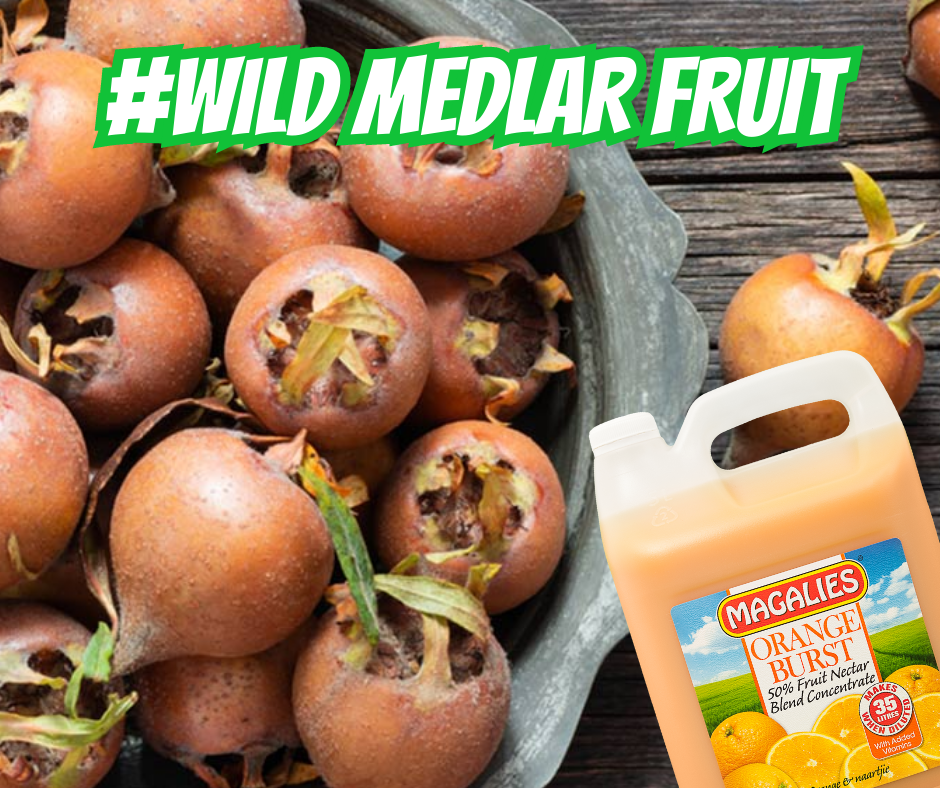by Dr. Marli Botha
Whoever says “fresh is best” may need a refresher in deliciously crispy and slightly tangy pickles, or savoury miso, spicy kimchi, bubbly kombucha and everyone’s favourite: beer. Fermentation has long been a way to preserve beloved foods, usually altering the taste and texture of the food item, sometimes for the better…
5 Funky Facts about Fermented Foods:
- For those of us who can’t or don’t want to ingest dairy, there’s the miracle of non-dairy yogurt — that way everyone can have a parfait! Nearly any non-dairy milk can be cultured, including legume, nut, seed, grain, or coconut milk. Because some alternative milks have less sugar than dairy milk, it can help to add sugar to promote fermentation. Approximately 1½-2 teaspoons sugar per cup of milk is recommended. Rice milk doesn’t need additional sugar though.
- Salami is a cured sausage consisting of fermented and air-dried meat, typically pork. Historically, salami was popular among Southern, Eastern, and Central European peasants because it can be stored at room temperature for up to 40 days once cut, supplementing a potentially meagre or inconsistent supply of fresh meat. Countries and regions across Europe make their own traditional varieties of salami.
- Sake, also referred to as Japanese rice wine, is an alcoholic beverage made by fermenting rice that has been polished to remove the bran. Despite the name Japanese rice wine, is produced by a brewing process more akin to that of beer, where starch is converted into sugars which ferment into alcohol, whereas in wine, alcohol is produced by fermenting sugar that is naturally present in fruit, typically grapes.
- Hákarl, is the name of an Icelandic dish made of cured shark meat. The fermentation process involves burying the meat of Greenland or basking shark in sand and gravel and pressed with stones for up to twelve weeks. The shrivelled meat is then cut up and left to dry for another four to five months. The lengthy processing is necessary to reduce the amount of toxins found in the shark meat which would otherwise be poisonous when fresh.
- Sterilization is an important factor to consider during the fermentation of foods. Failing to completely remove any microbes from equipment and storing vessels may result in the multiplication of harmful organisms within the ferment, potentially increasing the risks of food borne illnesses like botulism. The production of off smells and discoloration may be indications that harmful bacteria may have been introduced to the food.
It is important to mention that no food is meant to be a cure-all for any condition, though there are certainly health and skin benefits contained within them. The one thing you should always do before using a new skin care product is to do a patch test to look for allergies and sensitivities.

























